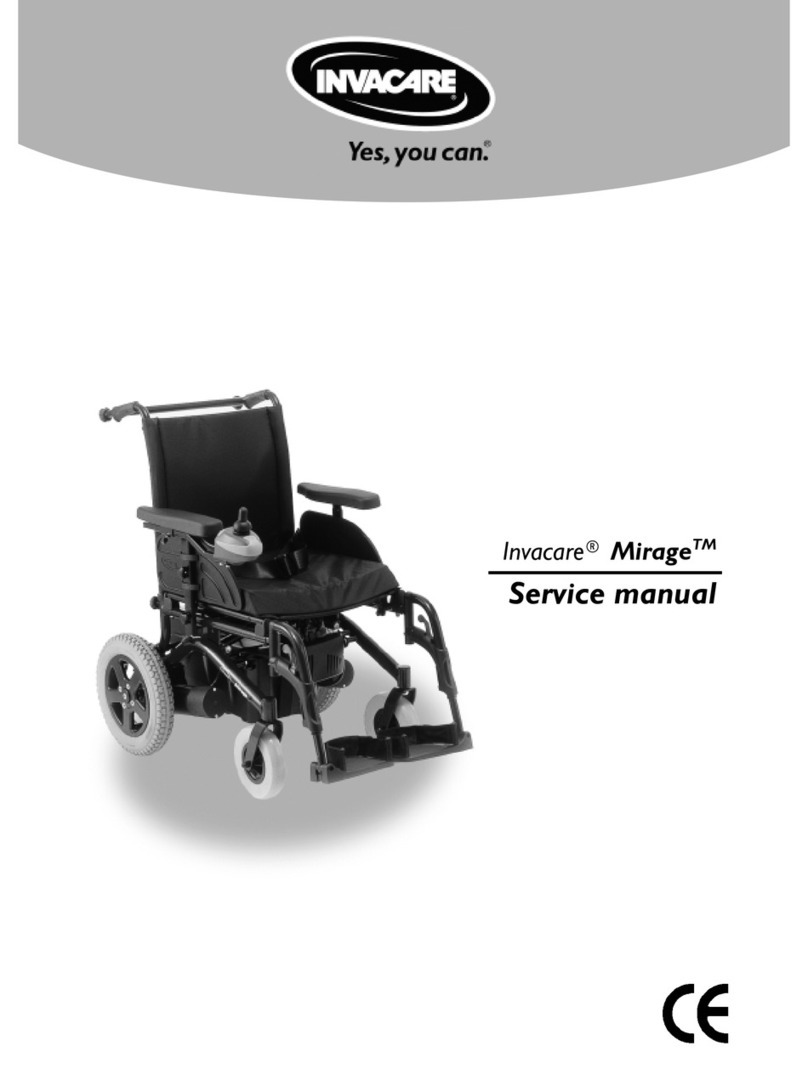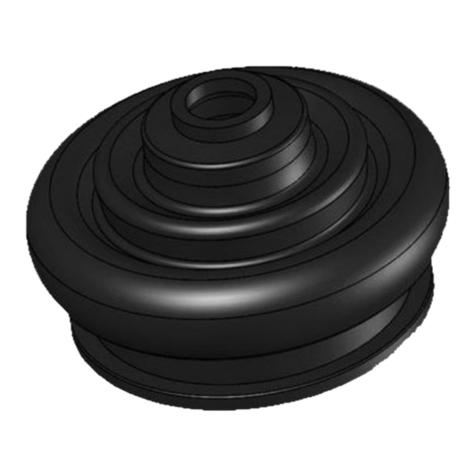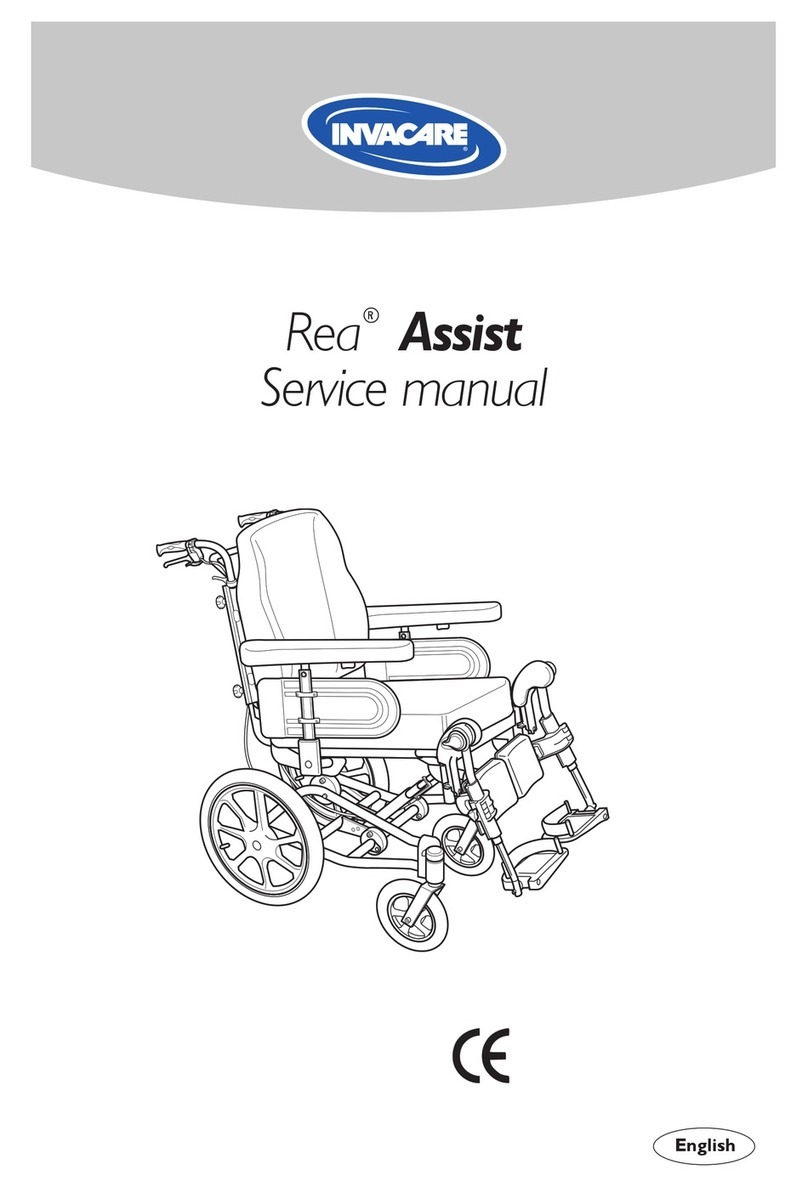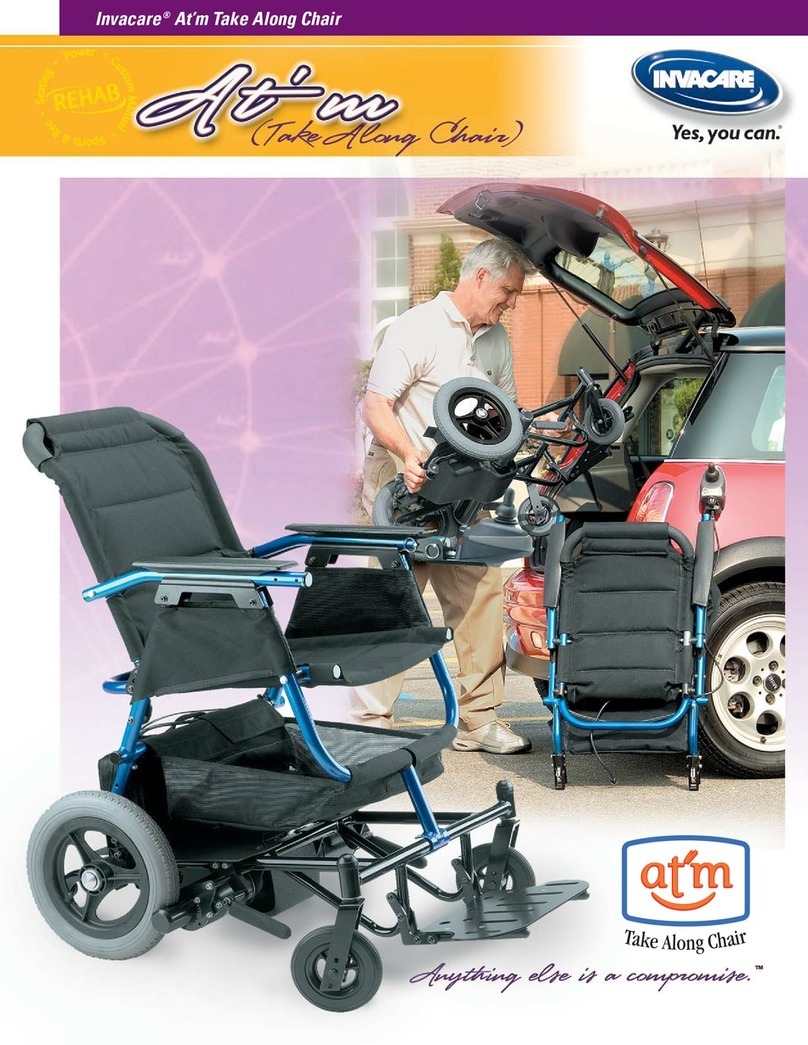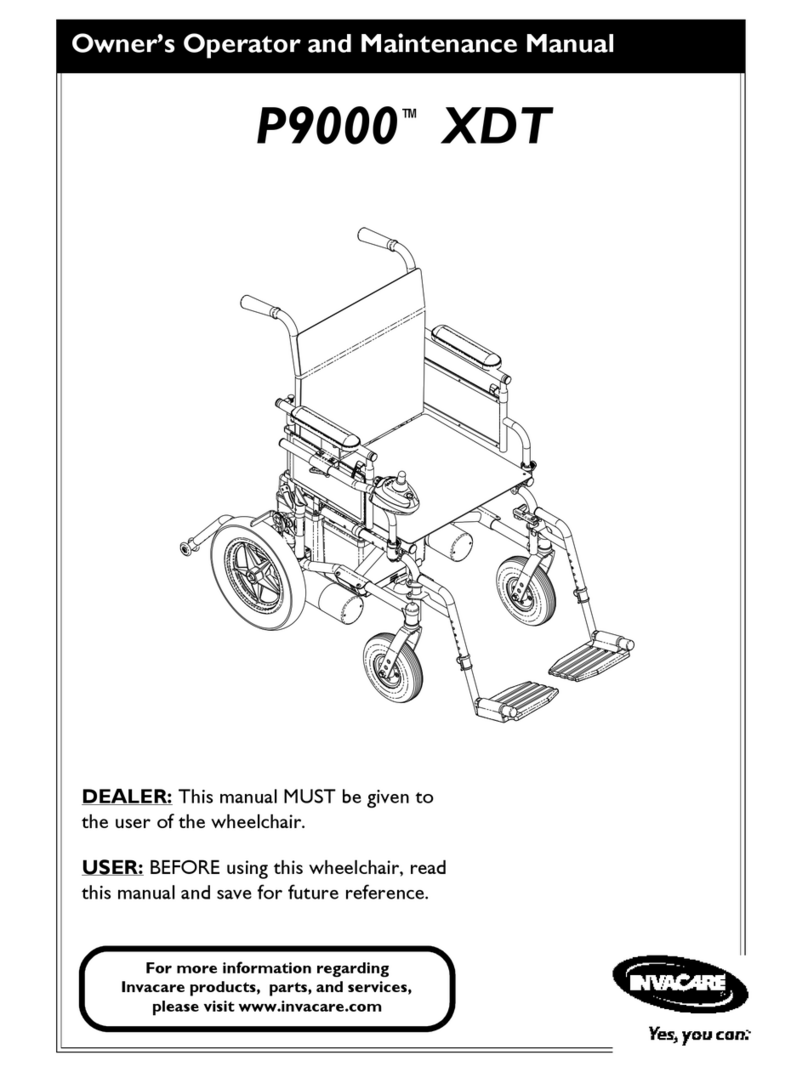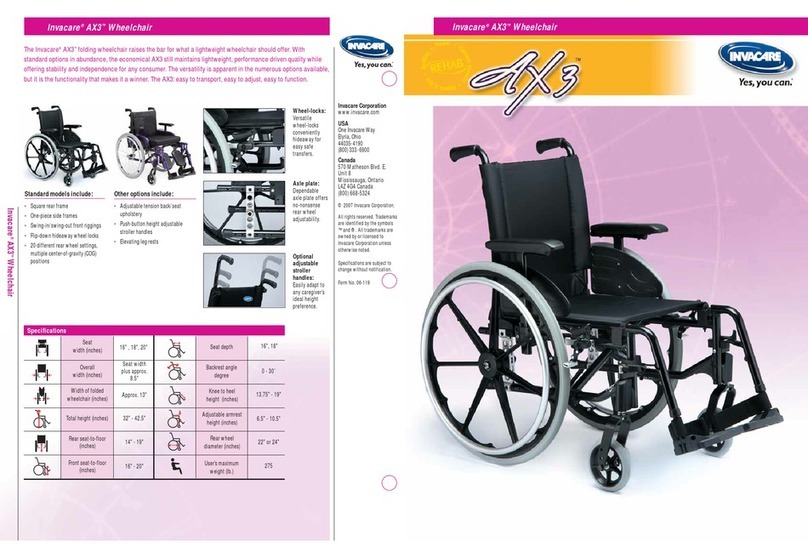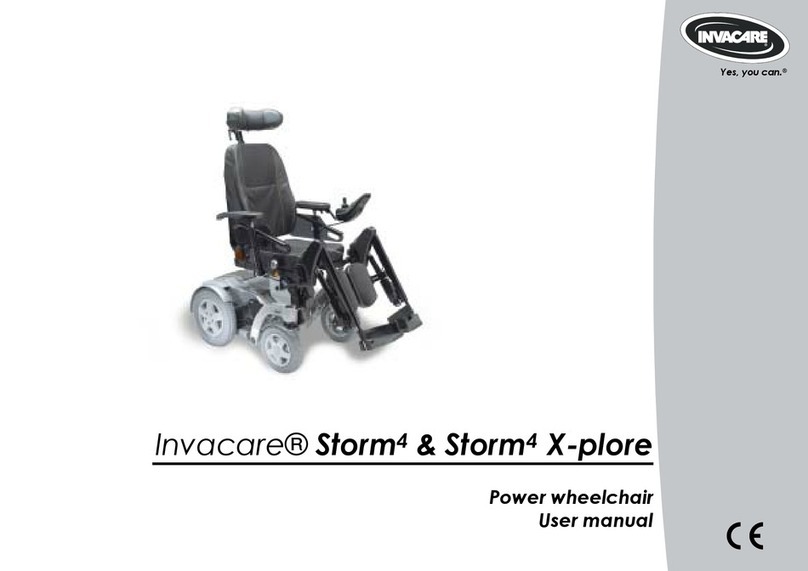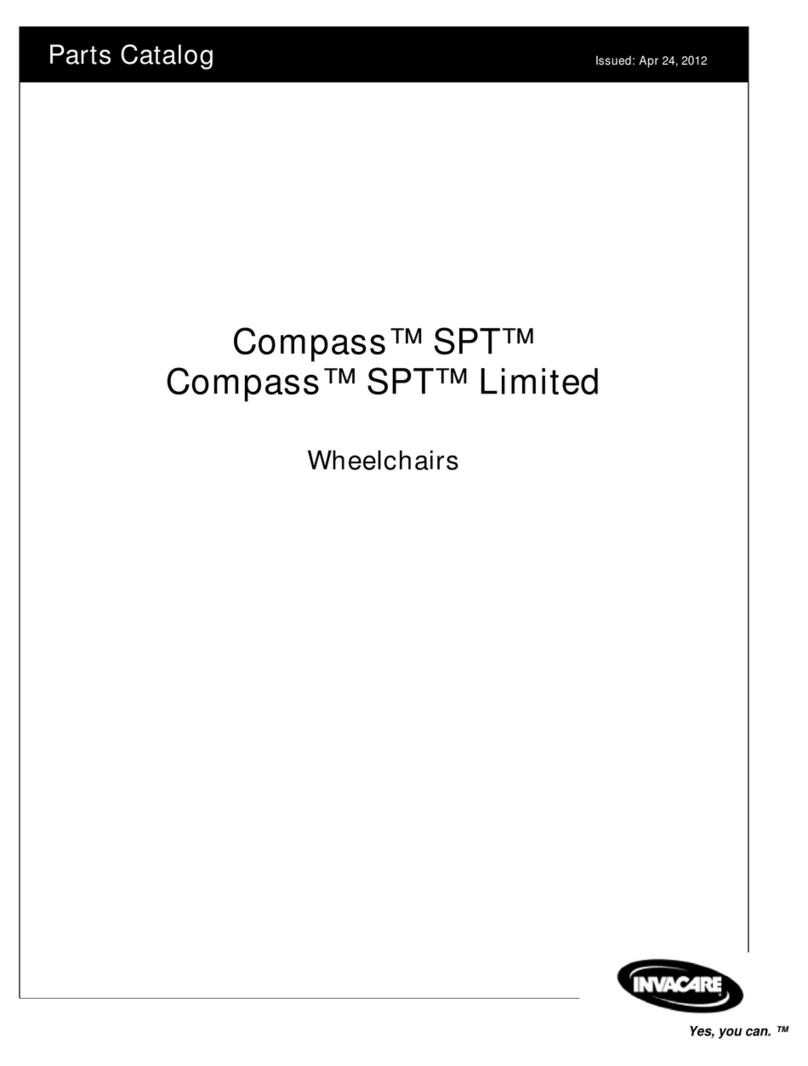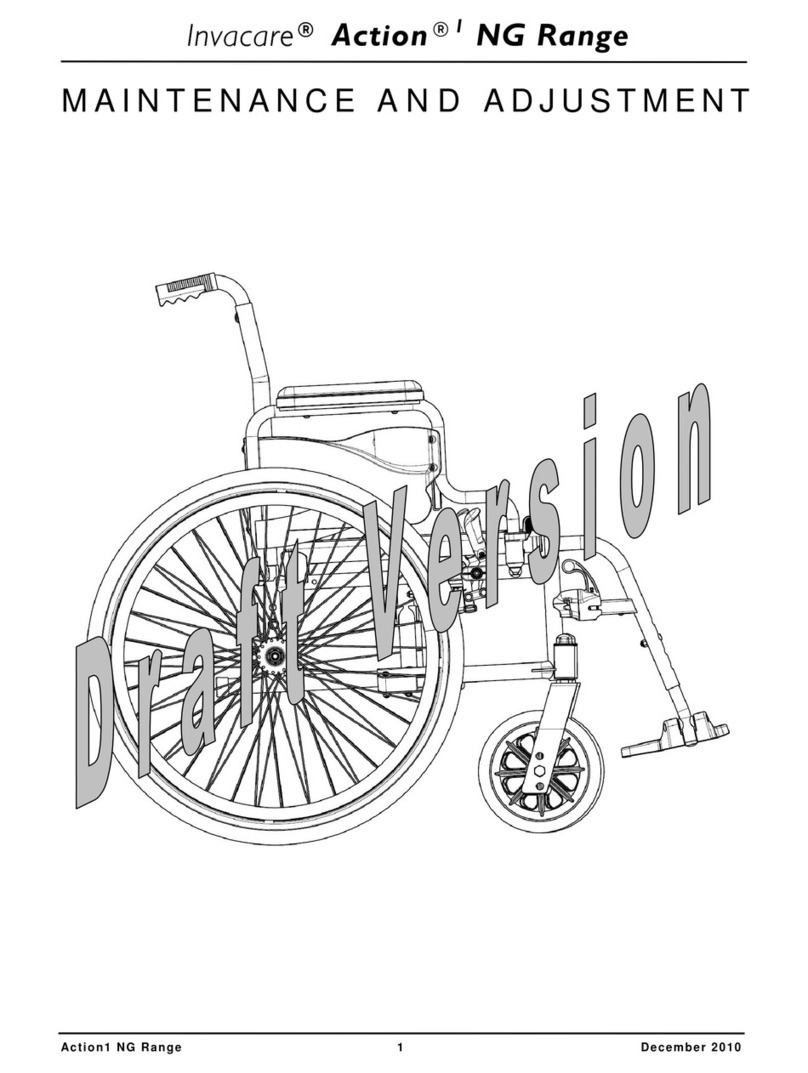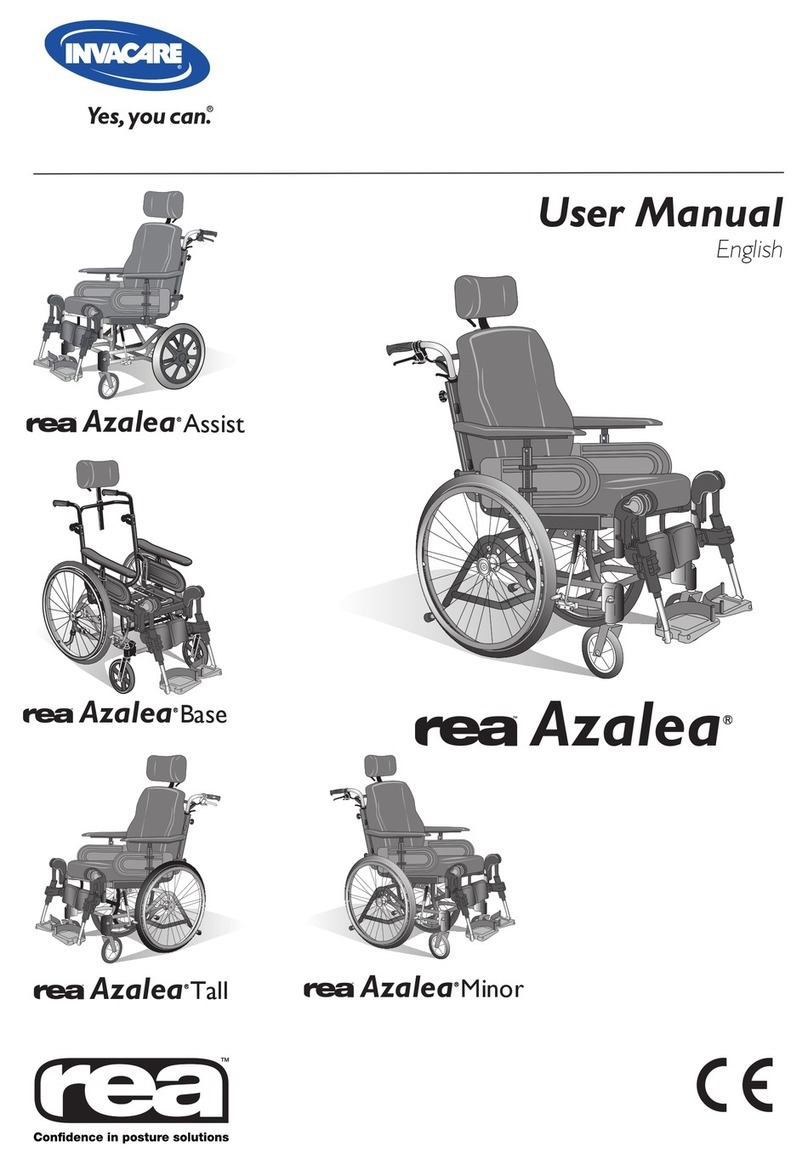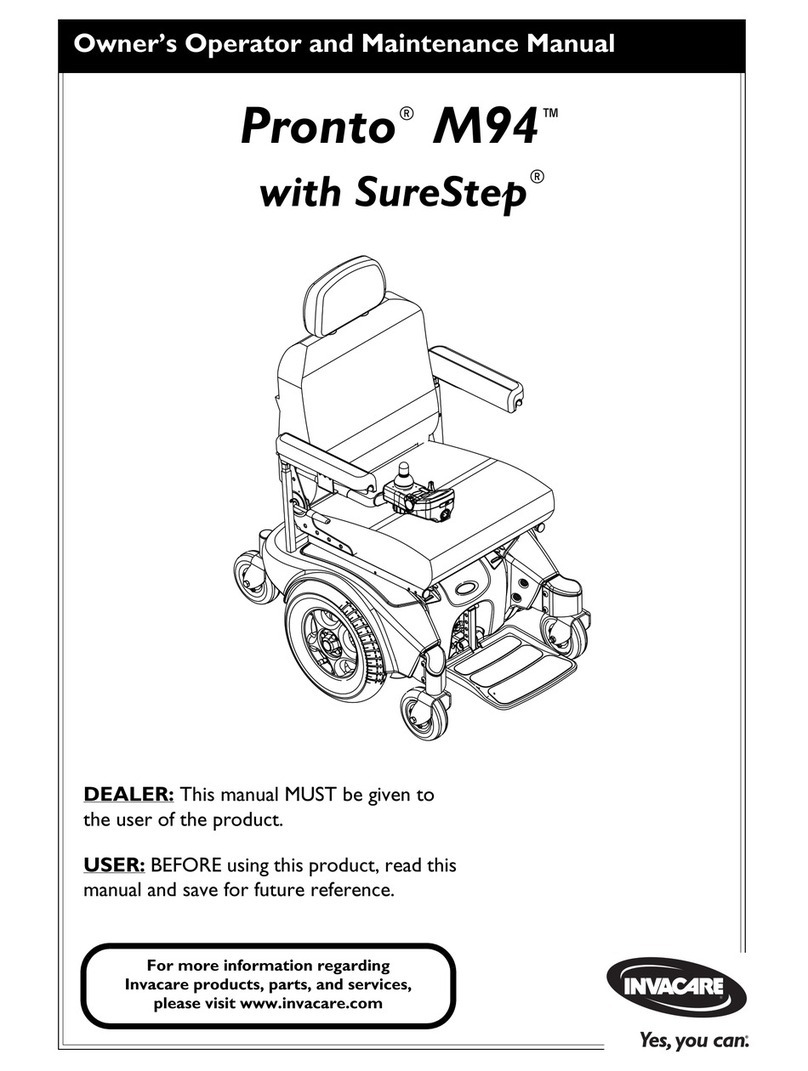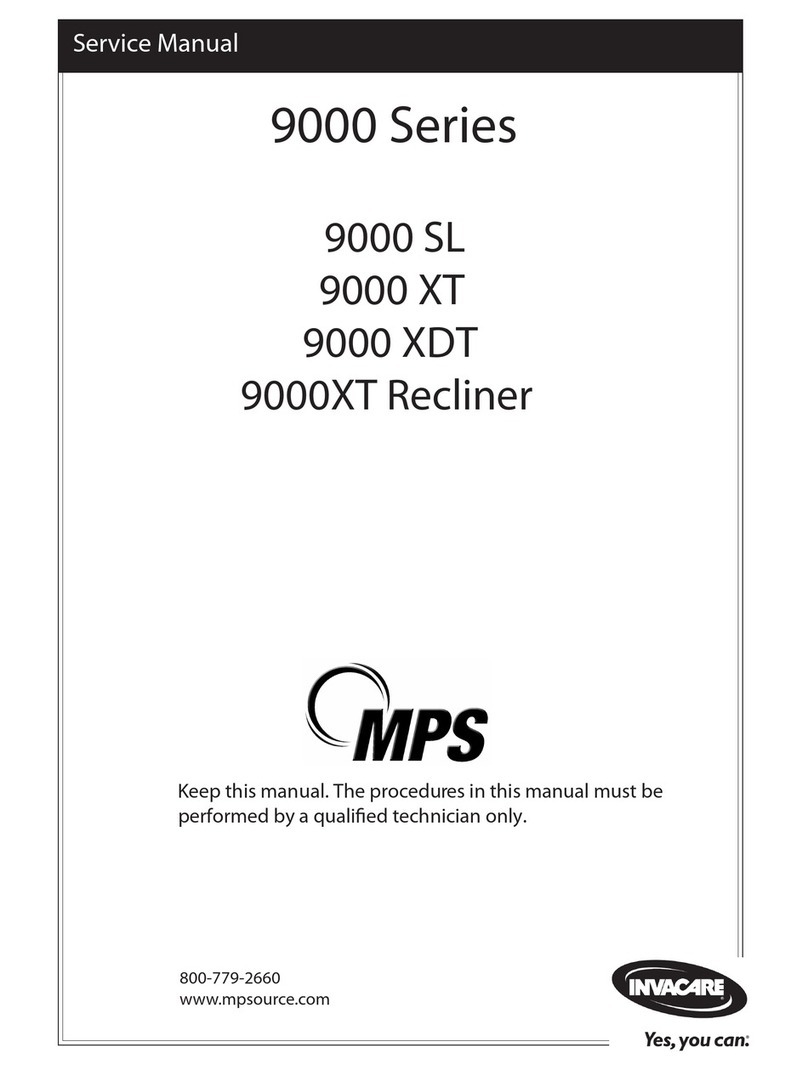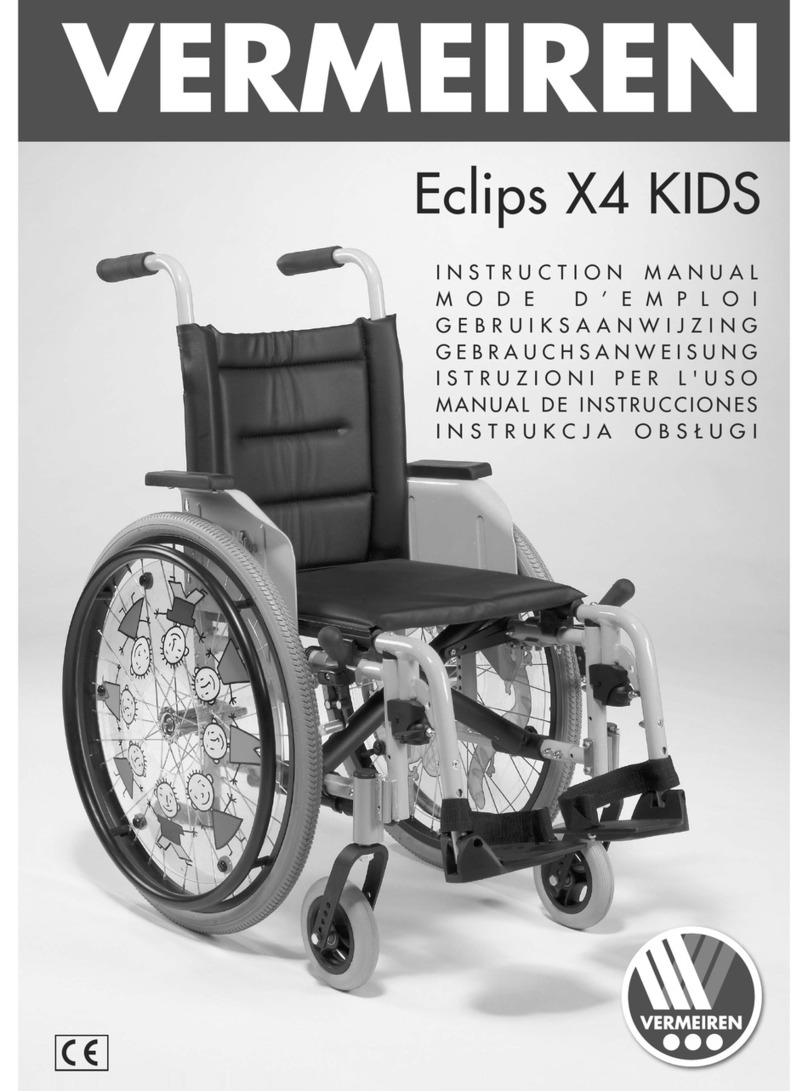Part No 1118377 7Pronto® M71™
SECTION 10—BATTERIES/CHARGER ................................................ 86
Warnings For Handling and Replacing Batteries ...............................................................................86
Using t e Proper Batteries.....................................................................................................................87
Removing/Installing Batteries From/Into Battery Tray ....................................................................88
Removing Batteries..............................................................................................................................89
Installing Batteries................................................................................................................................89
Connecting/Disconnecting Battery Cables.........................................................................................91
Connecting Battery Cables................................................................................................................91
Disconnecting Battery Cables...........................................................................................................93
Replacing t e On-Board Battery C arger Fuse.................................................................................94
Replacing t e On-Board Battery C arger ..........................................................................................95
SECTION 11—CONTROLLER AND JOYSTICK .................................... 97
Disconnecting/Connecting t e Joystick...............................................................................................97
Disconnecting .......................................................................................................................................97
Connecting ............................................................................................................................................97
Removing/Installing t e Joystick ............................................................................................................98
Van Seat Models ...................................................................................................................................98
ASBA and Adjustable ASBA Models................................................................................................99
Replacing t e MKIV RII Controller ................................................................................................... 100
Replacing t e MK5-NX or MK660 ACC Controller .................................................................... 102
SECTION 12—DISASSEMBLING/ASSEMBLING THE M71 .................... 103
Disassembling/Assembling t e W eelc air ..................................................................................... 103
Disassembling t e W eelc air....................................................................................................... 103
Assembling t e W eelc air............................................................................................................ 106
SECTION 13—TRANSPORT READY PACKAGE ................................ 109
About Transport Ready Packages...................................................................................................... 110
Compliance Information ...................................................................................................................... 110
Specifications...................................................................................................................................... 110
Securing t e W eelc air to t e Ve icle .......................................................................................... 111
Positioning t e W eelc air in t e Ve icle .................................................................................. 111
Securement Points............................................................................................................................ 112
Securing t e W eelc air ................................................................................................................. 112
Securing t e Occupant......................................................................................................................... 113
W eelc air-Anc ored Belts........................................................................................................... 113
Ve icle-Anc ored Belts................................................................................................................... 114
Seating System ................................................................................................................................... 114
Positioning Belts ................................................................................................................................ 115
LIMITED ARRANTY ................................................................... 116
